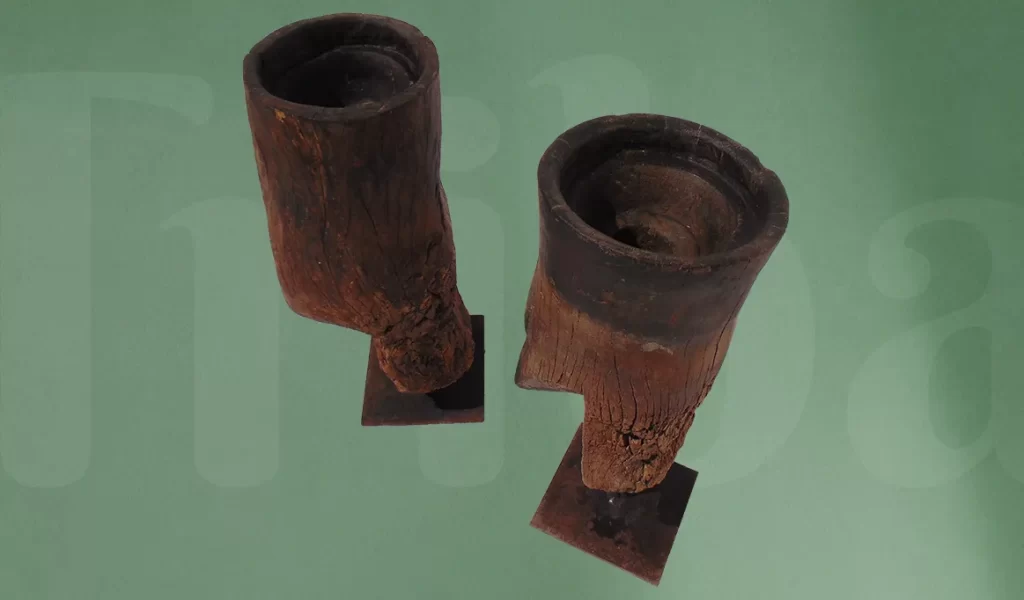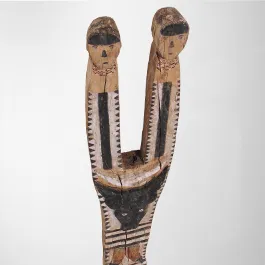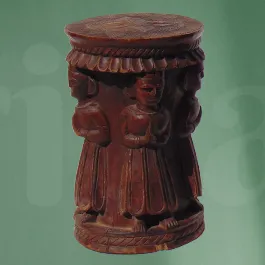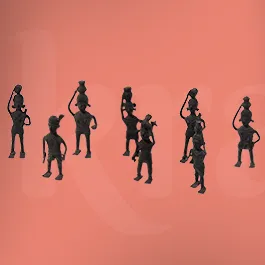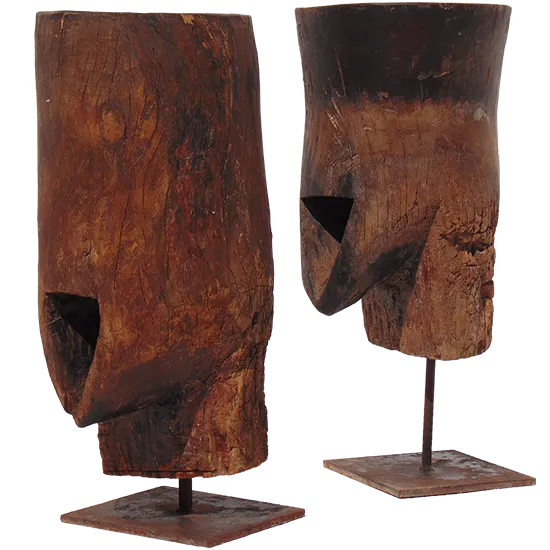
Naga monolithic Tantric juice press
The Tantra, (Sanskrit: “Loom”) any of numerous texts dealing with the esoteric practices of some Hindu, Buddhist and Jain sects. In the orthodox classification of Hindu religious literature, Tantra refers to a class of post-Vedic Sanskrit treatises similar to the Puranas (medieval encyclopaedic collections of myths, legends and other topics).
In this usage Tantras are, theoretically, considered to treat of theology, Yoga, construction of temples and images, and religious practices; in reality, they tend to deal with such aspects of popular Hinduism as spells, rituals, and symbols. They are distinguished along Hindu sectarian lines between the
Shaiva Agamas, the Vaishnava Samhitas, and the Shakta Tantras.
The lists of the Shakta Tantras differ considerably from one another but suggest that the earliest manuscripts date from about the 7th century. They emphasize the goddess Shakti as the female personification of the creative power or energy of the god Shiva. This view taken to its extreme holds that Shiva without his Shakti is like a corpse. In the Tantras that deal with Yoga, Shakti is identified with the kundalini, or the energy that lies coiled at the base of the spine until brought up through the body by yogic disciplines. The
Tantras also stress the efficacy of yantras and mandalas (ritual diagrams) and of mantras (mystic syllables or sacred formulas). Among the major Shakta Tantras are the Kularnava-tantra, which treats of “left-hand” practices, such as ritual copulation; the Kulacudamani-tantra, which discusses ritual; and the
Sharadatilaka-tantra, which deals almost exclusively with magic.
Tantric rituals are an extremely important part of the Naga Cultural and religious practices, pieces such as these are not only part of their rituals but a vehicle for the connection between the divine and the mundane.
Additional information
| Region | Naga tribes, Nagaland |
|---|---|
| Century | XIX-XX Century |

